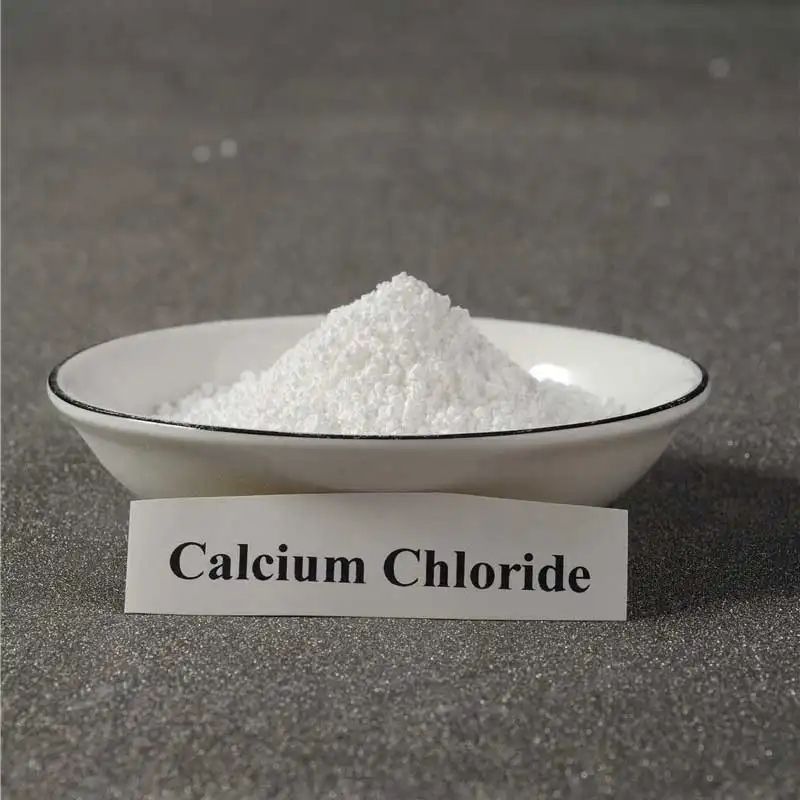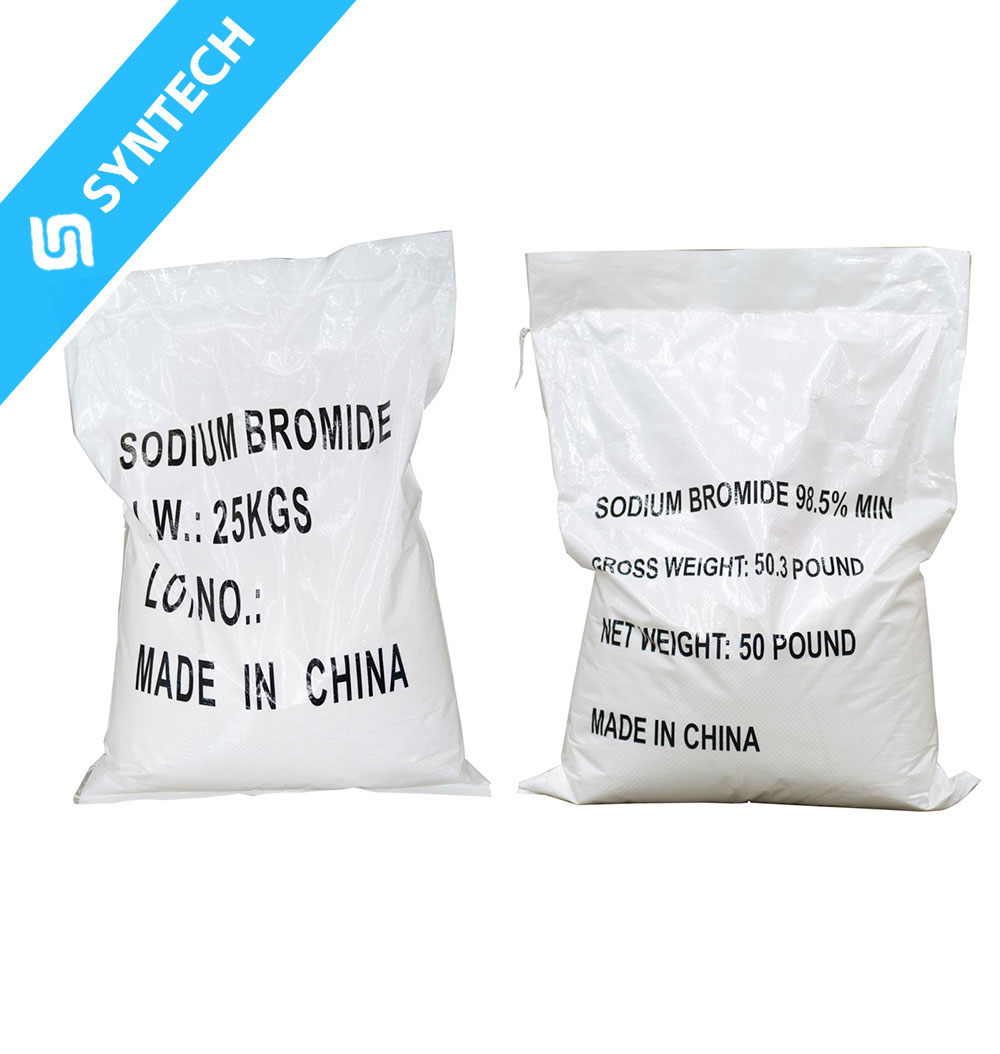1 Introduction to Sodium Methylallyl Sulfonate (SMAS)
Sodium Methylallyl Sulfonate (SMAS), also known as 2-Methyl-2-propene-1-sulfonic acid sodium salt, is a significant sulfonate monomer with the molecular formula C4H7NaO3S and a molecular weight of 158.15 g/mol . It appears as a white crystalline powder and is designated by the CAS Registry Number 1561-92-8 . SMAS is highly valued in various industrial applications, particularly as a comonomer in the production of polyacrylonitrile fibers (as a third monomer to enhance dyeability and heat resistance) , superplasticizers in concrete , scale inhibitors in water treatment , and dispersing agents . Its versatility stems from the presence of a reactive sulfonate group, which imparts excellent water solubility and the ability to modify polymer characteristics.
2 Synthesis Methods of SMAS
Several industrial routes have been developed for the synthesis of SMAS. The following table summarizes the main synthesis methods, their key features, and challenges:
2.1 Detailed Improved Synthesis Procedure
An improved synthesis method has been reported using sodium pyrosulfite and 3-chloro-2-methylpropene (methallyl chloride) . The optimal reaction conditions are as follows:
- Molar Ratio: The molar ratio of sodium pyrosulfite to 3-chloro-2-methylpropene is
0.6:1. - Reaction Temperature: The reaction is carried out at 65°C .
- Reaction Time: The total reaction time is 120 minutes .
- pH Control: The pH of the reaction mixture is maintained between 8 and 9 using a sodium hydroxide solution .
Procedure:
- Reaction: In a flask equipped with a stirrer, reflux condenser, thermometer, and under a nitrogen atmosphere, a 35% aqueous solution of sodium pyrosulfite is heated to 60-65°C. Then, 3-chloro-2-methylpropene is added dropwise with stirring, maintaining the pH at 8-9. The reaction is considered complete when no more 3-chloro-2-methylpropene reflux is observed .
- By-product Removal: Upon completion, a calcium chloride solution is added to the reaction mixture. This leads to the precipitation of calcium sulfate and calcium sulfite. These precipitates are then removed by filtration, yielding a clear sulfonation solution .
- Isolation and Purification: The filtered sulfonation solution is concentrated under reduced pressure. As white crystals begin to form, the heating is stopped. After cooling, anhydrous ethanol is added to help remove sodium chloride. The filtrate is then heated to evaporate the solvent, yielding a crude solid product of SMAS. This crude product can be further purified through recrystallization to obtain the final product with a purity exceeding 99.0% .
3 Chemical Properties of SMAS
3.1 Physicochemical Properties
- Appearance and Solubility: SMAS is a white crystalline powder or flakes . It is highly soluble in water , slightly soluble in ethanol and dimethyl sulfoxide (DMSO) , and insoluble in most other organic solvents .
- Melting Point: It has a high melting point, ranging from 270°C to 280°C , which indicates good thermal stability.
- Hygroscopicity: SMAS is hygroscopic (moisture-absorbing) and must be stored in a dry environment .
3.2 Reactivity and Functional Groups
- Sulfonate Group: The molecule contains a sulfonate group (-SO₃Na), which is ionic and strongly hydrophilic. This group is responsible for the compound’s high water solubility and its ability to act as an anionic monomer in polymerization reactions . When incorporated into polymers, it provides ionic sites for dye attachment in fibers and improves the hydrophilicity and dispensability of polymers in water .
- Double Bond: It features a carbon-carbon double bond (C=C) in its structure, which makes it capable of undergoing free-radical polymerization with other vinyl monomers like acrylic acid (AA), acrylamide (AM), and maleic anhydride (MA) . This reactivity is crucial for its use in creating copolymers for various applications.
4 Safety Data and Handling Instructions
4.1 Health Hazards and Toxicity
SMAS is harmful to human health . It can cause irritation to the eyes, skin, and respiratory system . Direct contact with the skin or eyes, as well as inhalation of its dust, should be strictly avoided . Ingestion of the compound is also harmful .
4.2 Safe Handling and Storage
- Personal Protective Equipment (PPE): When handling SMAS, appropriate PPE such as dust masks, safety goggles, gloves, and protective clothing should be worn to prevent contact and inhalation .
- Storage Conditions: The compound must be stored in a cool, dry, and well-ventilated place . The packaging must be kept tightly sealed to prevent moisture absorption and caking . It is typically packaged in 20 kg bags (with an inner polyethylene liner and an outer woven bag)or larger containers like 500 kg bags .
- Stability and Incompatibilities: SMAS is a strong oxidizing agent . While stable under recommended storage conditions, it decomposes upon burning, producing toxic fumes including carbon monoxide, carbon dioxide, and sulfur oxides (SOₓ) . It should be kept away from heat sources and open flames.
4.3 Disposal and Environmental Considerations
While specific ecological data is not provided in the search results, general precautions for chemical disposal should be followed. Unused product and containers should be disposed of in accordance with local, regional, national, and international regulations.
5 Conclusion
Sodium Methylallyl Sulfonate (SMAS) is a versatile and industrially important chemical. Its synthesis, primarily via the sulfonation of methallyl chloride or related compounds, can be optimized to achieve high yields and purity. Key chemical properties such as high water solubility, a reactive double bond, and a ionic sulfonate group make it invaluable for modifying polymers in textiles, construction, water treatment, and other fields. However, its handling requires strict adherence to safety protocols due to its irritant properties and status as a strong oxidizing agent. Proper storage in dry conditions and the use of personal protective equipment are essential to ensure safe usage.






